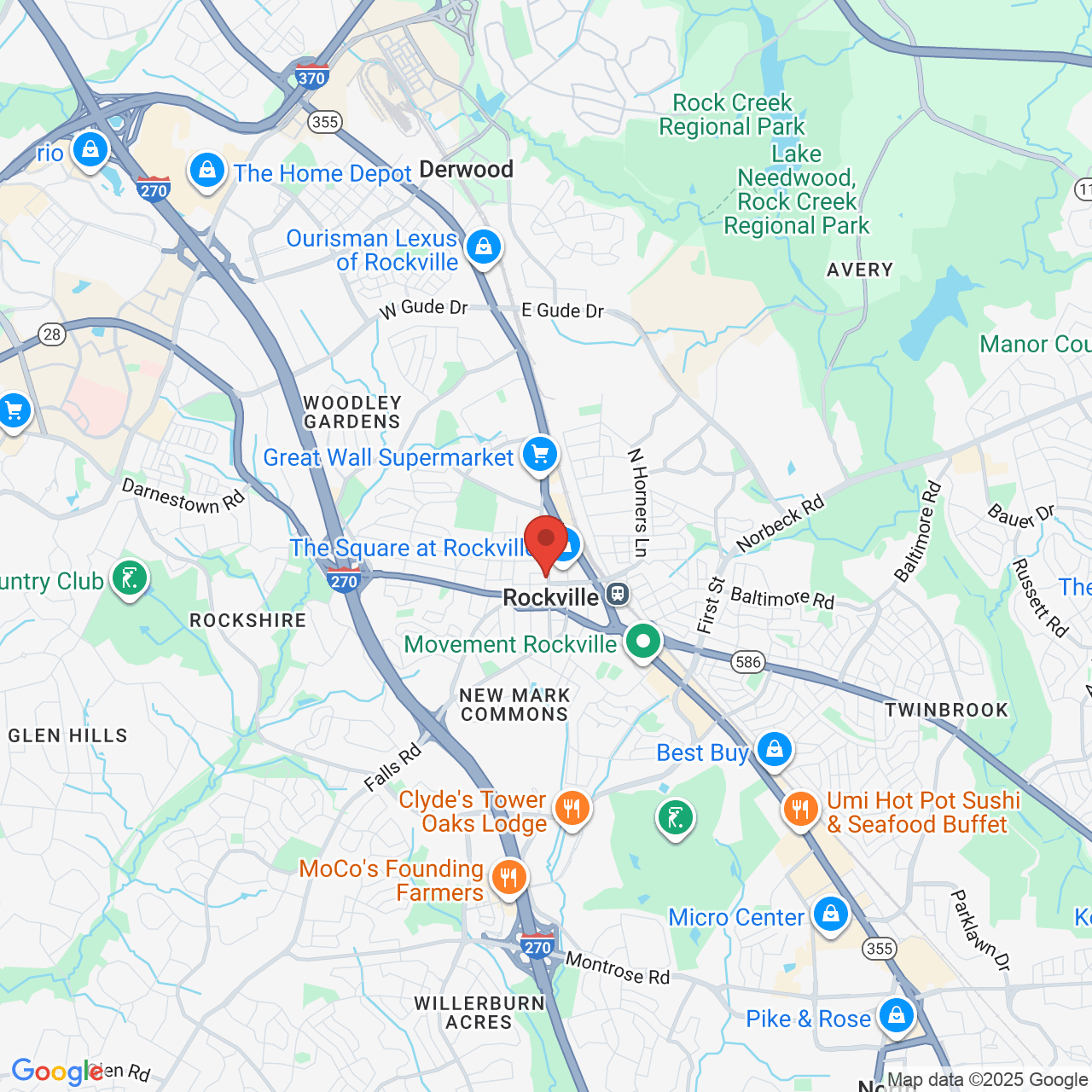Questioning Dog Sniff Evidence
[et_pb_section fb_built="1" _builder_version="4.6.1" custom_padding="0px||||false|false"][et_pb_row module_class="featured-row" _builder_version="4.6.1" _module_preset="default" width="100%" max_width="2560px" custom_padding="0px||0px||false|false"][et_pb_column type="4_4" _builder_version="4.6.1" _module_preset="default"][et_pb_post_title title="off" meta="off" admin_label="Featured Image" _builder_version="4.5.6" _module_preset="default"][/et_pb_post_title][et_pb_post_title comments="off" featured_image="off" module_class="post-title" _builder_version="4.6.1" _module_preset="default" title_text_color="#ffffff" meta_text_color="#ffffff"][/et_pb_post_title][/et_pb_column][/et_pb_row][et_pb_row _builder_version="3.25" background_size="initial" background_position="top_left" background_repeat="repeat"][et_pb_column type="4_4" _builder_version="3.25" custom_padding="|||" custom_padding__hover="|||"][et_pb_text _builder_version="4.6.1" background_size="initial" background_position="top_left" background_repeat="repeat"]By Virginia Tehrani, Esq.
How you can chip away at the reliability of a positive alert
The power of a dog’s nose is incredible. While we get input from about six million olfactory receptors, their noses contain up to 300 million. Some dogs can even detect cancer cells with their snouts. This is why dogs are used so much and with such great effect in law enforcement communities. The most common use of a “K-9” is as a drug detection dog, with most police departments around the country now employing at least one K-9 team for drug enforcement.
Dogs can also be used to detect bombs, which is a common use of dogs in the military. There are cadaver dogs and dogs who can search for missing people and dropped objects. The last of these is often referred to as an “article search” dog. These dogs are trained to track objects, mostly guns, that are tossed by suspects and cannot be found during a regular search by law enforcement.
It is truly remarkable what canines can be trained to do.
Power of Training
The key to any use of canines in law enforcement is training. Officers cannot use just any dog or their regular household pet for dog “sniffs”. They also should not use another officer’s trained dog to perform dog sniffs. It takes specialized training between the dog and its handler to create a powerful team. The canine handler needs to know how the dog reacts in specific law enforcement environments in order to accurately understand and interpret his partner’s reaction.
Drug dogs are usually trained to detect five drug odors, including marijuana, cocaine, and PCP. When a dog detects one of these odors, it is trained to react and alert its handler to the presence of the odors. This usually occurs during traffic stops when a canine team is called to a traffic stop and asked to take a pass around the vehicle. If the dog makes a positive alert on the car, the officer informs his colleagues about the positive hit. Most state and federal case law allows a K-9’s positive alert on an object to constitute probable cause to search it.
So it’s not surprising that we as a community tend to assume that if a dog signals that it found something, then it must be there. It’s also not surprising that we, as attorneys, often accept dog sniff evidence in court without question.
However, when you have a case involving a dog search, this isn’t the time to roll over and play dead. Don’t automatically accept dog sniff evidence at face value. Sometimes there is more than meets the eye, and a lot rides on the power and strength of this evidence.
As a prosecutor in Newport News, Virginia, I found that more than half of my drug cases involved a canine search. The police department used one K-9 expert almost all the time, because he and his canine partner had been together for years. The dog made so many positive alerts that his positive ratio hit was higher than 90 percent. It was almost unheard of for his testimony not to be accepted in court or for his expertise not to be admitted.
But not all dogs and their K-9 handlers have such solid records. As criminal defense lawyers, you can chip away at the quality of the positive alert.
Question the reliability of the dog sniff
Florida v. Harris, 568 U.S. 237 (2013) is the pivotal Supreme Court case for establishing the credibility and reliability of dog detection evidence. The Supreme Court affirmed that, “where the dog’s alert is the linchpin of the probable cause analysis, … the reliability of the dog to alert … is crucial to determining whether probable cause exists.” Therefore, there must be an evidentiary hearing to determine whether the dog’s alert is sufficient, in and of itself, to establish probable cause to search a vehicle, house, or other location. The trial court must review the totality of the circumstances for the dog alert, because “the fact that the dog has been trained and certified is simply not enough to establish probable cause for a search.” Instead, the defense has the opportunity to “take into account the potential for false alerts, the potential for handler error, and the possibility of alerts to residual odors.”
The overall question, then, that a judge must answer for a constitutional challenge to dog sniff evidence is whether the dog’s alert is reliable—that is, whether there is sufficient reason to believe it is credible and can be trusted.
The defense should review the K-9 team’s initial and continual training, its certifications, its performance in controlled settings and in the field, the standards used, its percentage of accurate alerts, and any potential for handler error.
The defense should question the canine handler’s expertise, including questioning how many times, if ever, the officer has testified in court as an expert in canine handling, and whether the officer is actually an expert in working with this particular dog and an expert in the type of search the dog performed. For example, if the dog is trained to detect bombs, then you should question a dog sniff if the bomb-detecting dog was searching for drugs.
Just remember, the dog has a record, and that record matters. How good he is at this particular job matters just as much as the fact that he made an alert. If you arm yourself with the right questions, you may protect your client from having dog sniff evidence admitted.
And you may win your case by a nose.[/et_pb_text][/et_pb_column][/et_pb_row][et_pb_row _builder_version="4.6.0" _module_preset="default" global_module="1346" collapsed="off"][et_pb_column type="4_4" _builder_version="4.6.0" _module_preset="default"][et_pb_text admin_label="Social Share" _builder_version="4.7.7" _module_preset="default"][et_social_share_custom][/et_pb_text][/et_pb_column][/et_pb_row][/et_pb_section]



